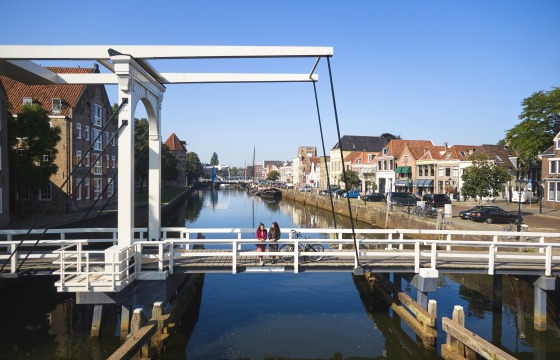Trendy Hanseatic Cities
History: the secrets of the Hanseatic cities
- Reading time 2 minutes
- 10743 x bekeken
Rotterdam and Amsterdam were still small villages during the Middle Ages, but the Hanseatic cities in the east of the Netherlands had already developed into powerful trading centres. Find out the secrets of the Dutch Hanseatic cities now.
We go way back in time, all the way to the Middle Ages. In those days the Hanseatic cities were already powerful trading centres, while Amsterdam and Rotterdam were still small villages. One of the causes: the powerful Hanseatic network. For four hundred years, some 200 Hanseatic cities worked together through this network. A great piece of history that brought great prosperity to the Dutch Hanseatic cities.
Hanseatic Middle Ages
The Hanseatic cities were part of a club of cities that stood for free exchange of goods. By bundling its interests, the Hanseatic network was able to gain favourable privileges. By working together, they were able to work more cheaply and travel more safely in each other's company.
Moreover, together they were stronger in the face of the lords. From 1356 onwards, the Hanseatic League was no longer just an alliance of the traders in the cities, but of the cities as a whole. The trade consisted of articles such as salt, fish, grains, wood, beer, wine, cloth, beeswax and furs. These articles were mainly transported by sea on the first cargo ships of the Middle Ages: the Kogges.
"This network of cities was very powerful."
This urban network used to be very powerful, especially politically and economically. Certainly in Charles V's time, it contributed to the idea of a united Europe. After the Middle Ages the VOC emerged and the Hanseatic League came in decline.
During the other centuries the Hanseatic cities were full of activity and the economy flourished like never before. Prosperity manifested itself in imposing new buildings, elegant merchant houses and impressive trading offices. Originally small settlements grew into powerful cities with impressive city walls and gateways. Prosperity also exerted its influence on other areas. Painters, master builders, poets and philosophers settled in the city and ensured a flourishing artistic period.

This rich history has left its traces in the Hanseatic cities. For example, Zwolle and Deventer still have streets with patrician houses that provide a stylish character. In Kampen the typical old mansions in the Ouderstraat stand out. Go out for a weekend and discover all the sights that Hanseatic history has left behind.




